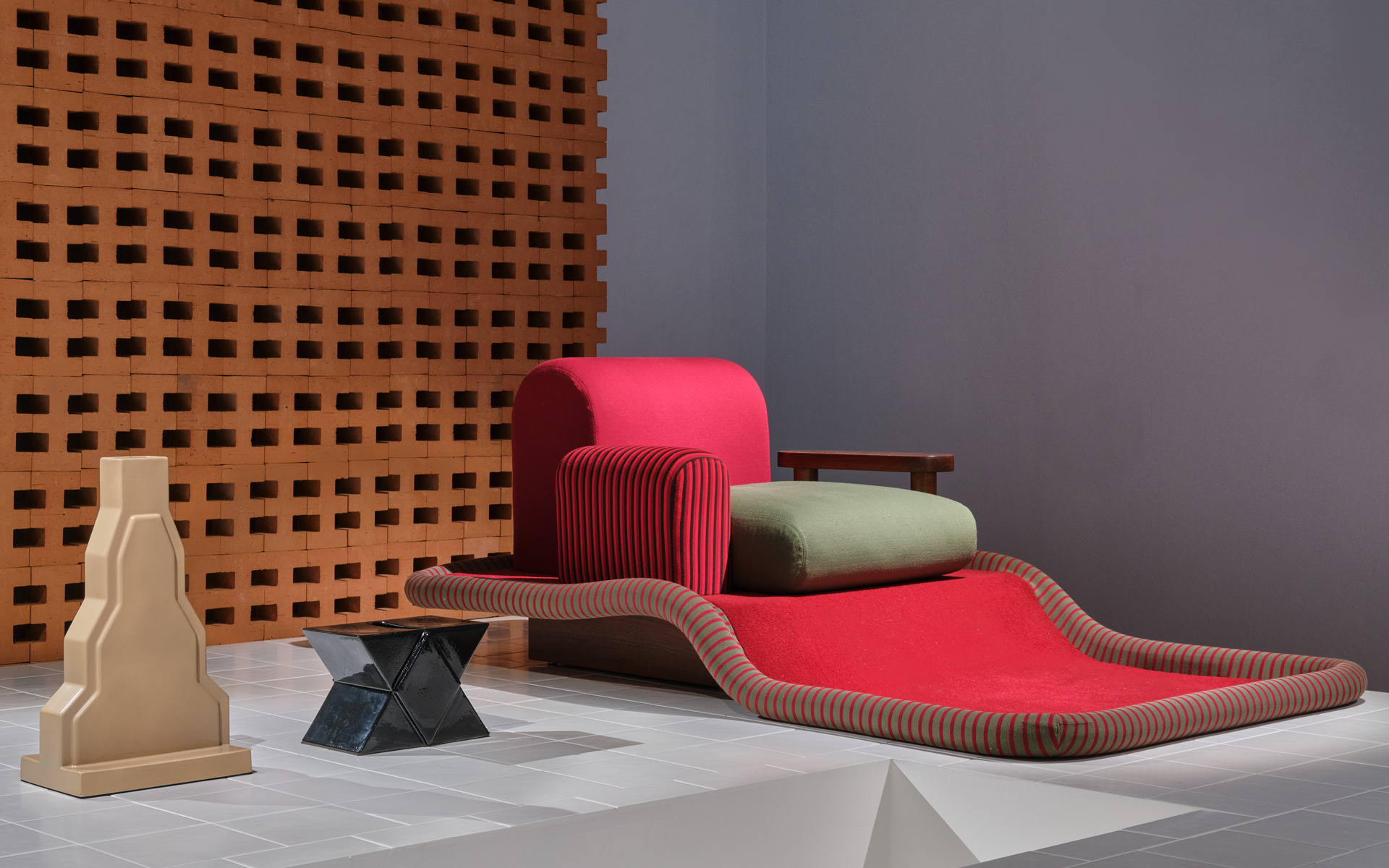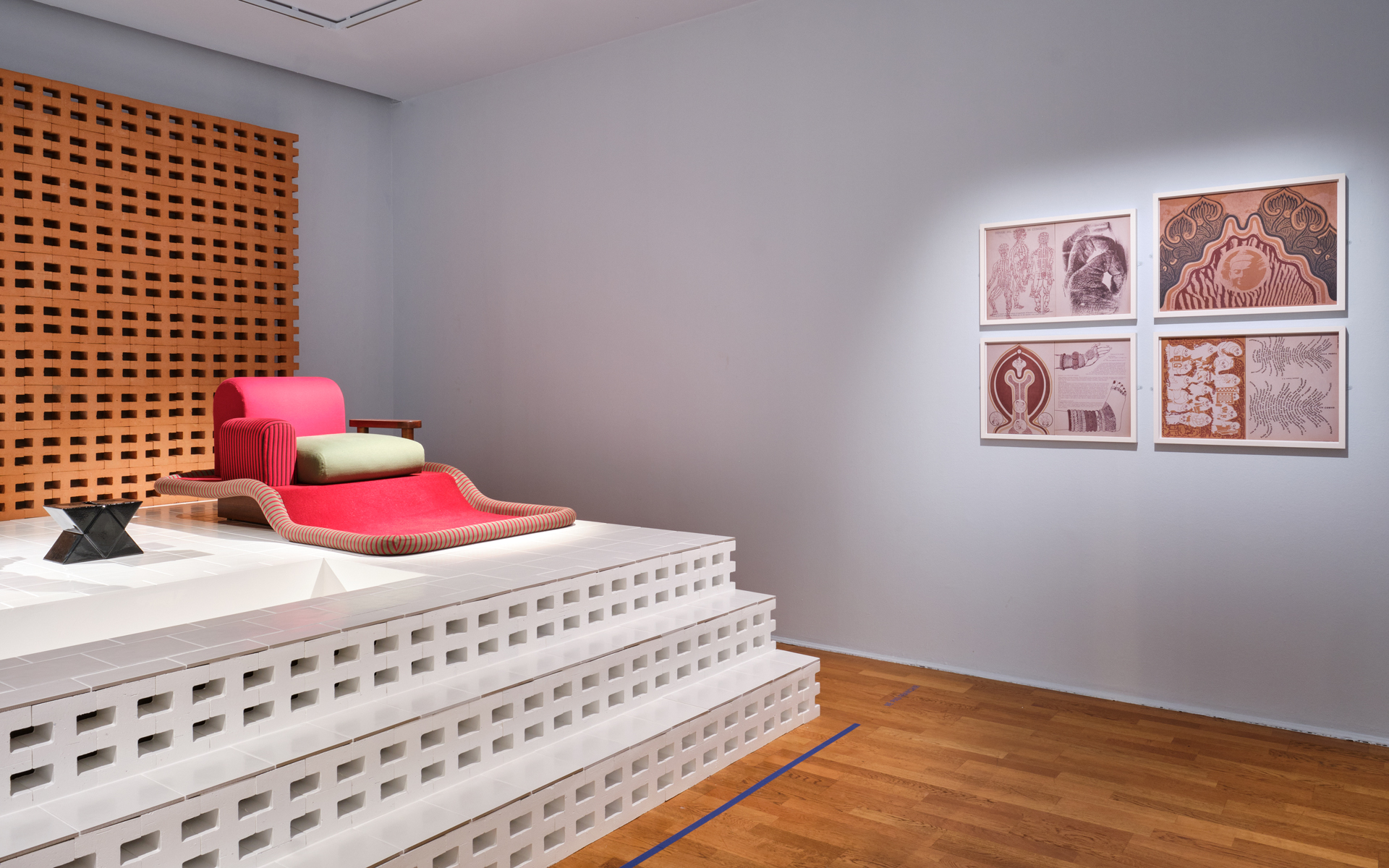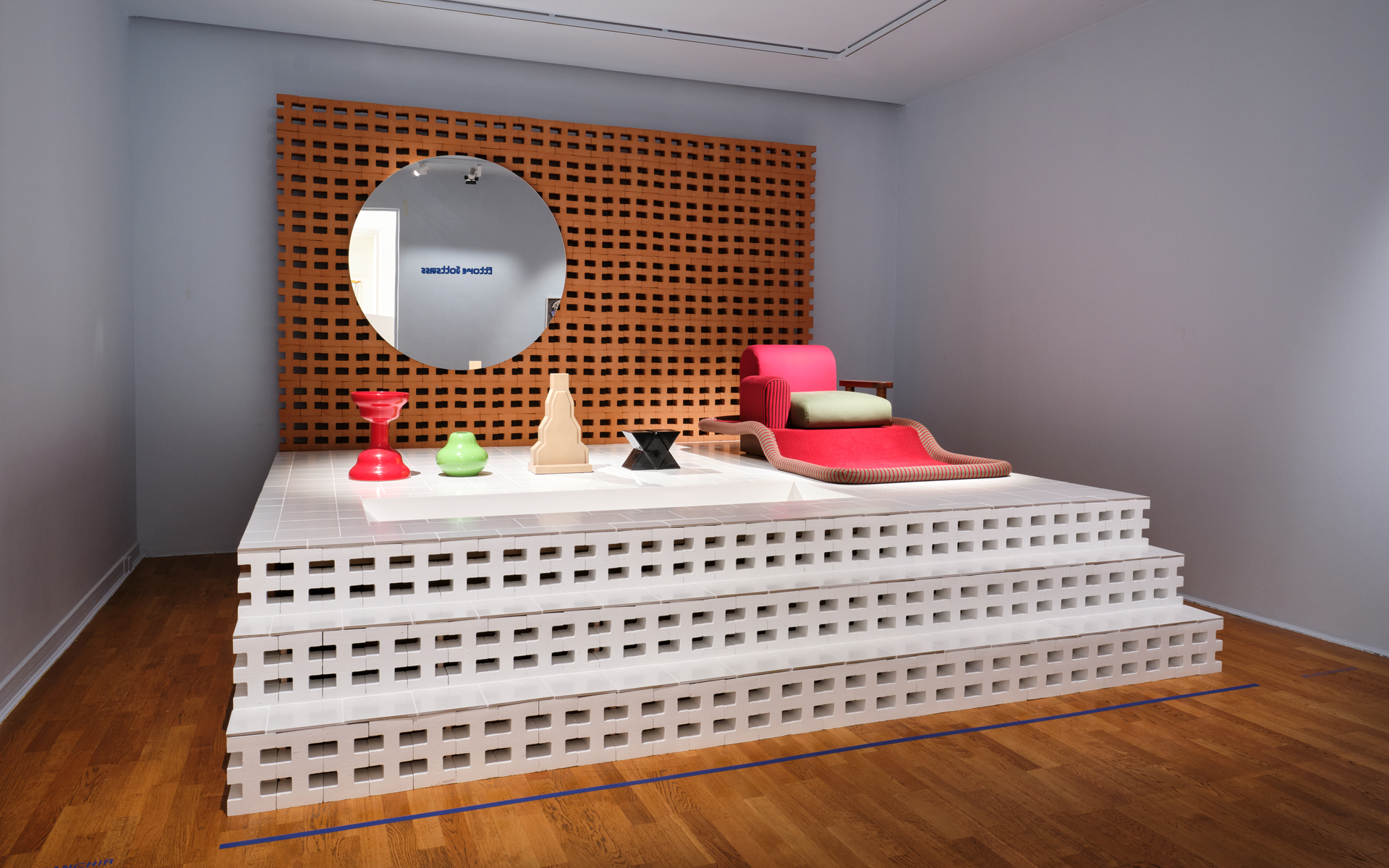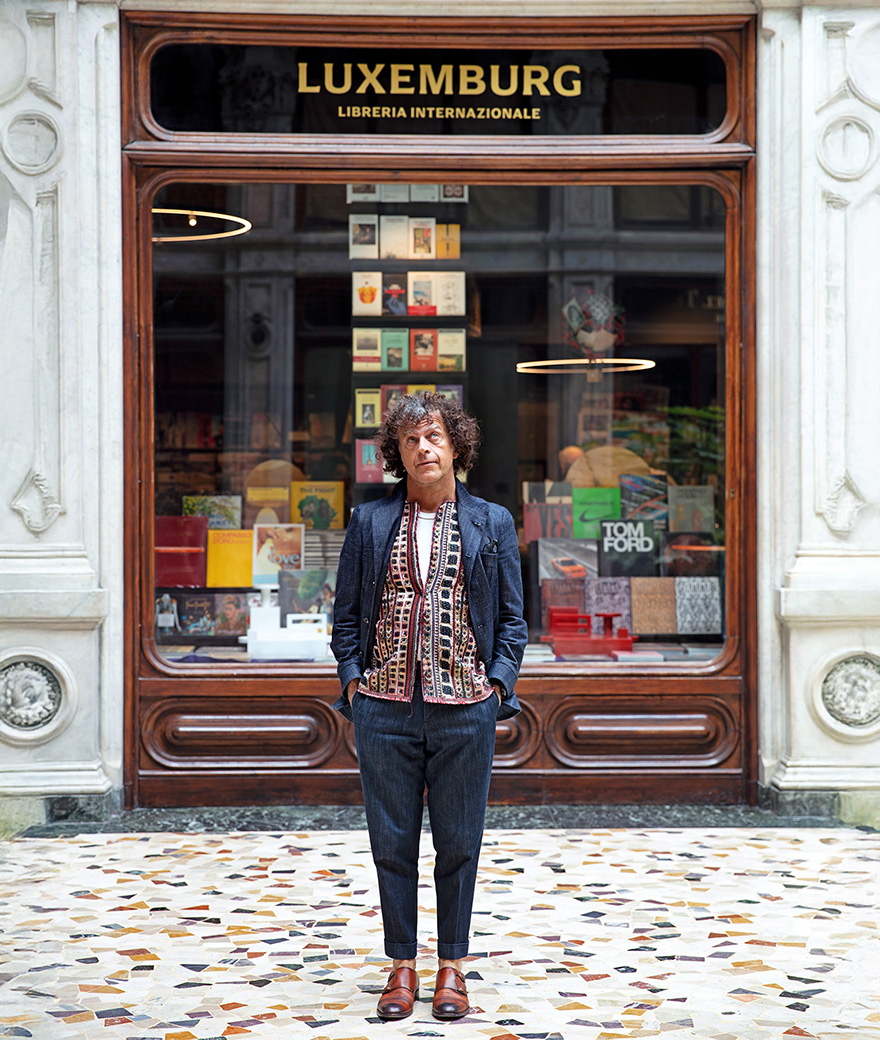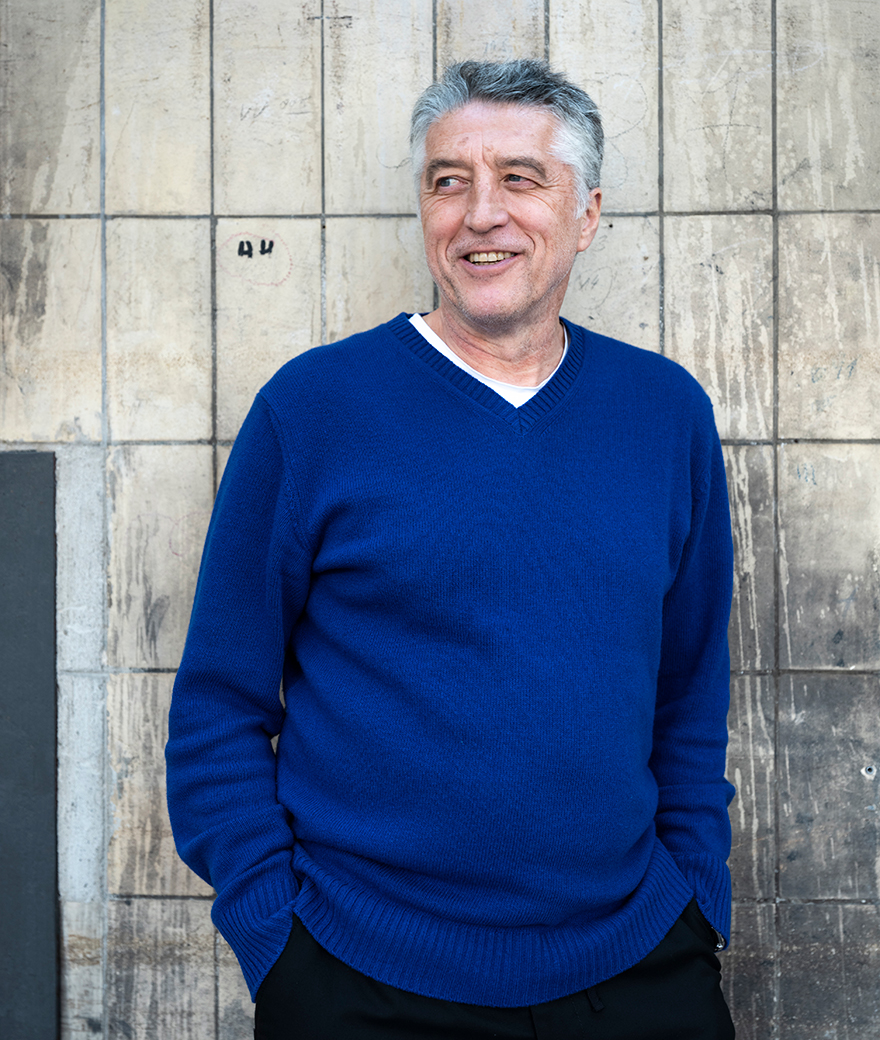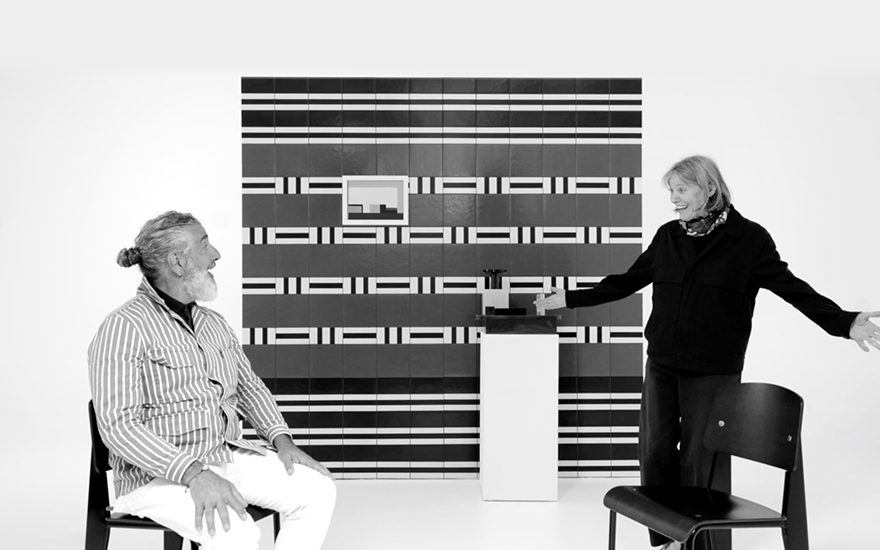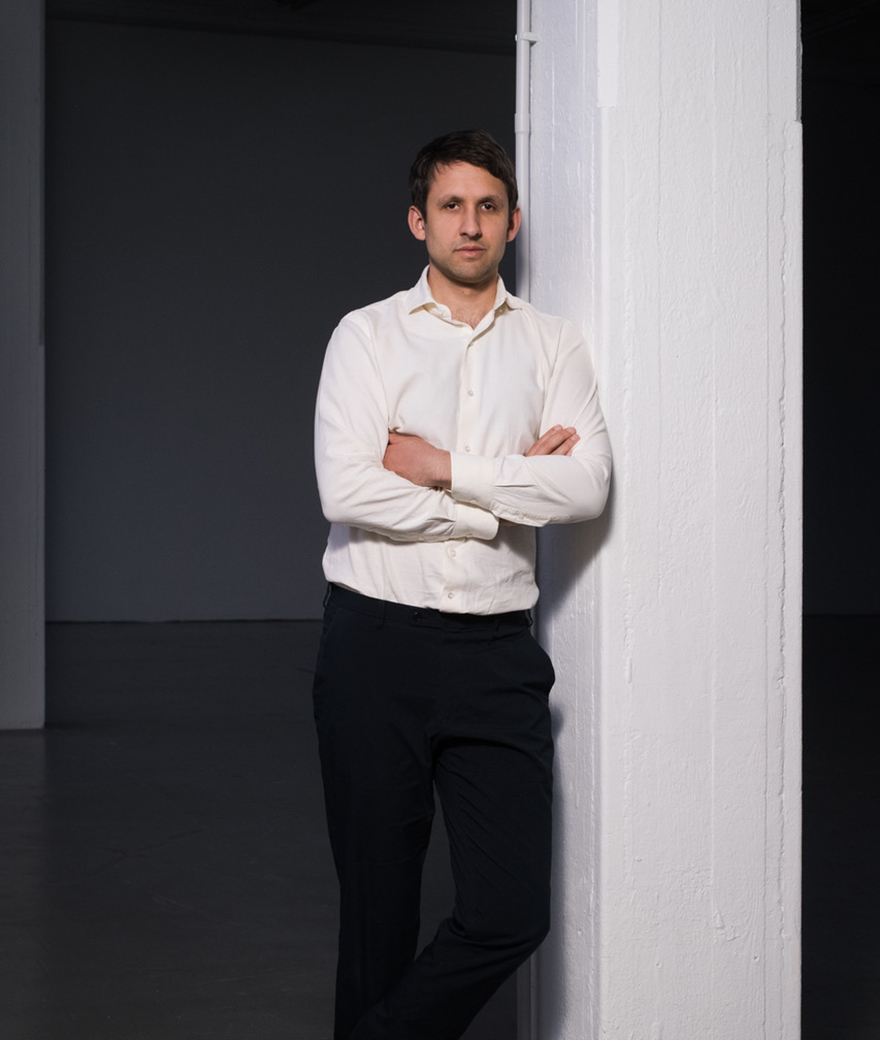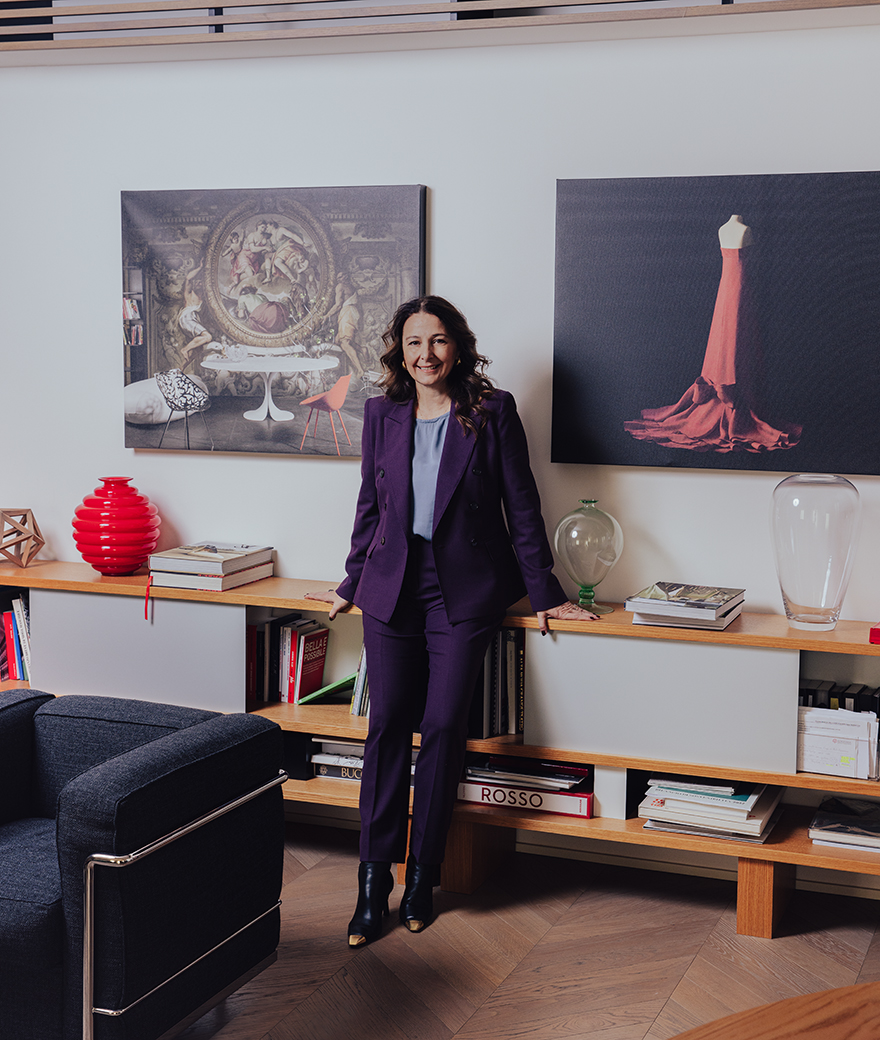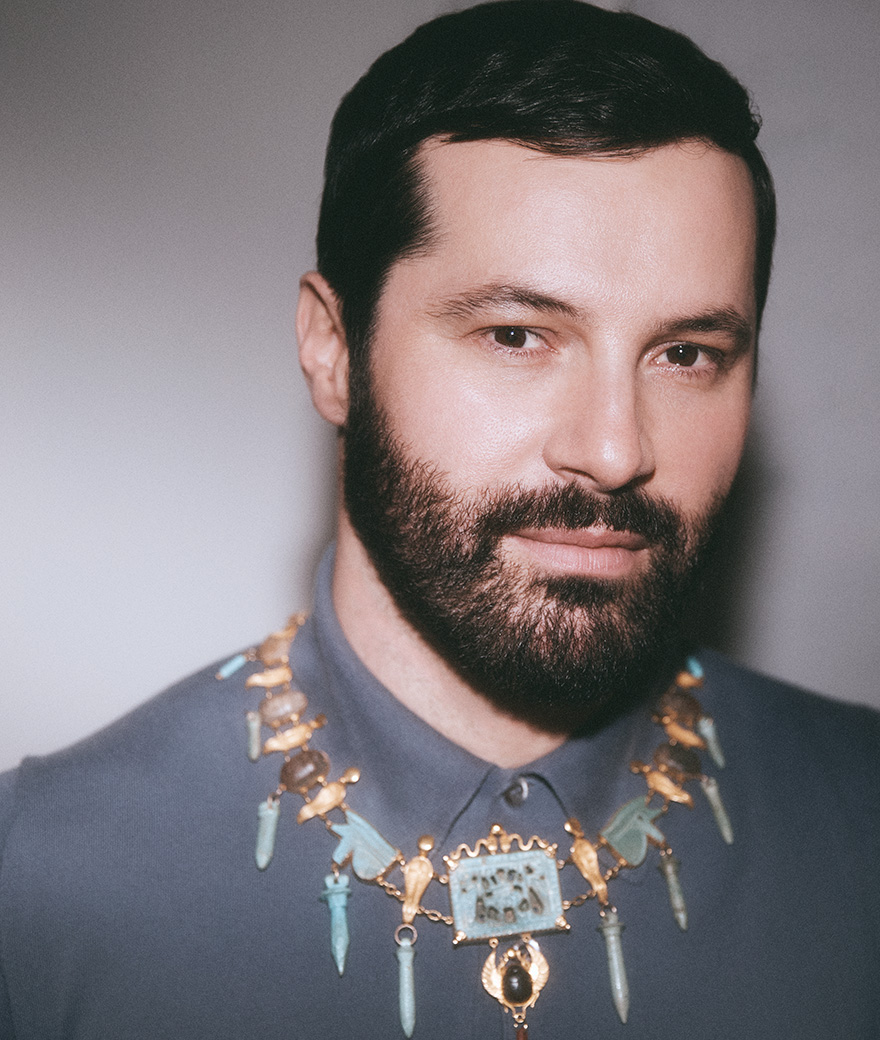A talk with Jean-Baptiste Fastrez
The towers are an evolution of BRIC, the site-specific installation created by the French artist for MUT in 2019, where seven structures of different shapes and sizes gave rise to an unexpected, metaphysical landscape. Rolf Fehlbaum told us about the history of the space in Weil am Rhein, how it has developed through these years and about the arrival of Torre Numero Due. We also spoke about the changes taking place within the company and, more generally, in the fields of design and architecture.
How did you get passionate about design? What were your first experiences in the field?
This project is about designing a space, but most of my practice focuses on product and furniture.
When I was kid I wanted to become an artist, but I think I was very attracted by the challenges of creation. Design gives many of them, so it suited me better! My first experience was in the studio of Ronan and Erwan Bouroullec, where I used to work as an assistant during my scholarship. Soon after that, I realised my first piece in collaboration with Galerie Kreo.
How would you describe your personal approach?
I like to mix opposite technics and materials, but I also work a lot with visual references. I use these manipulations to tell a story, ask questions about our relationships with objects or create a particular experience.
The exhibition “Futurissimo. The utopia of Italian design” features iconic Italian design pieces from the collection of the Centre Pompidou. How did the project of the scenography developed? What were your sources of inspiration?
The show takes place within an early 20th century house in Toulon. As the museum itself is a hybrid between a residence and an exhibition space, I created a scenography where the displays slightly recall house objects, because of their shapes. I wanted them to be very minimal, so that they look like actual exhibitors and not pieces.
I like to mix opposite technics and materials, but I also work a lot with visual references.
You used BRAC by Nathalie Du Pasquier within the setting. Why did you choose this collection and how did you use it?
For a room featuring Ettorre Sottsass’ works, I wanted to do a sort of bathroom. I had this vision of Sottsass vases aligned as shower gel bottles on a white tiles shelf… I was looking for references among the Mutina collections and discovered the recent ones by Nathalie Du Pasquier. She and Sottsass are two historic figures of the 80’s Memphis group, so that became a central element for my project.
How do the colourful bricks dialogue with the selection of design pieces? What kind of experience did you aim to create for the visitors?
I decided to use BRAC to create a microarchitecture in the exhibition room. Something slightly ritualistic, like a Temple. Memphis pieces have this kind of magical esthetic that I chose to enhance with the setting. I like BRAC because the elements look rough yet very sophisticated at the same time. They give a unique look to the installation, making it vernacular and futuristic.
Do you remember the first time you got into contact with Mutina? What impressed you the most about the company?
The first time was when I discovered the Phenomenon collection by Tokujin Yoshioka. I was so impressed to see such a creative and smart project involving ceramic surfaces. That day I understood that tiles are very interesting as a design product as well. Also, when I was an assistant at the Bouroullec’s studio I has the chance to work on Pico.
To me, Mutina is the most sophisticated and beautiful ceramic company, and I admire so much the fact that they work with independent designers.
Do you have a favourite collection? Why?
Of course it’s BRAC, I enjoyed so much to work with it on the installation! But also Mattonelle Margherita.
I decided to use BRAC to create a microarchitecture in the exhibition room. Something slightly ritualistic, like a Temple.

